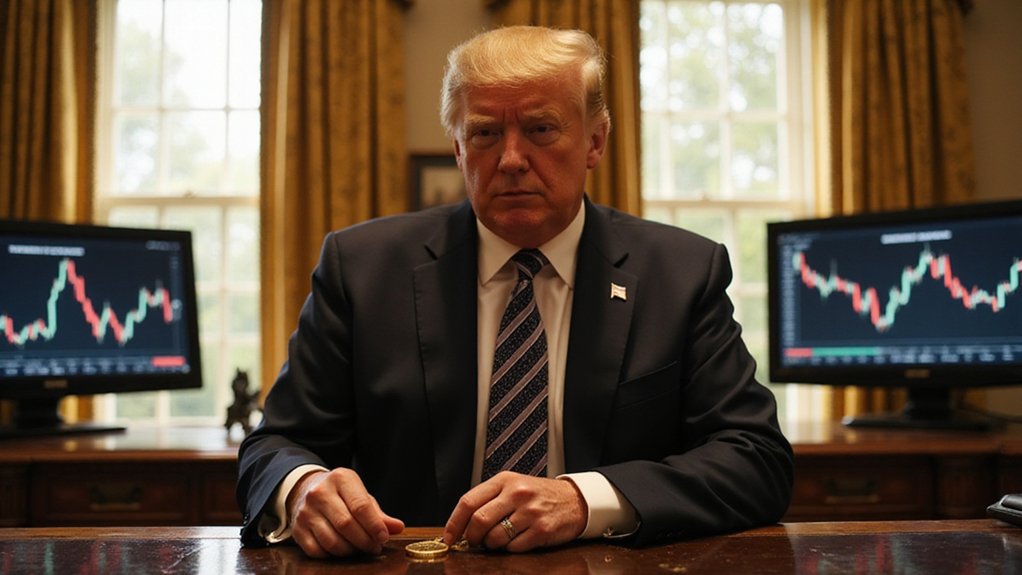While Tether has weathered countless storms throughout its controversial reign as the world’s largest stablecoin—surviving regulatory investigations, transparency scandals, and persistent questions about its reserve backing—the proposed GENIUS Act may finally represent the existential threat that forces a fundamental reckoning with its business model.
The legislation’s requirement for full cash and short-term Treasury backing strikes directly at Tether’s Achilles’ heel: its reliance on commercial paper and loans to support USDT’s $120 billion market capitalization. This reserve composition, which exposes the stablecoin to credit risk that cash equivalents simply don’t carry, becomes legally untenable under the Act’s framework. The irony is palpable—a “stable” coin potentially destabilized by demands for actual stability.
Tether’s recent regulatory battles offer a preview of this challenge. The company’s refusal to comply with the EU’s MiCA regulation (requiring 60% of reserves in European banks) resulted in major exchanges delisting USDT across European markets, forcing millions of traders toward alternative stablecoins. The subsequent launch of StablR represents damage control rather than strategic innovation—a regulatory concession disguised as market expansion.
Tether’s European exodus reveals a troubling pattern: regulatory defiance followed by hasty damage control masquerading as innovation.
Perhaps most tellingly, Tether’s recent $2 billion minting spree on the Tron blockchain, labeled “authorized but not issued,” suggests preparation for liquidity stress. This pre-positioning typically precedes significant market volatility or redemption pressure, raising questions about whether the company anticipates compliance difficulties or worse. Historical precedent shows how quickly confidence can erode—USDT de-pegged to 0.95 during the Silicon Valley Bank crisis, demonstrating the fragility of even the world’s largest stablecoin under extreme market stress.
The GENIUS Act’s transparency and audit requirements compound these structural challenges. Tether’s historical aversion to third-party audits—relying instead on attestations that examine snapshots rather than ongoing practices—becomes impossible under enhanced regulatory oversight. When combined with the Act’s backing requirements, these provisions fundamentally demand that Tether abandon its current operational framework entirely.
While Tether claims $120 billion in US Treasuries and plans a compliant US-based stablecoin, the change costs and operational overhaul required may prove prohibitive. The company’s diversification into blockchain, AI, and biotech investments, while strategically sound, cannot address the fundamental regulatory incompatibility. As the crypto landscape moves toward tangible utility rather than speculation, traditional stablecoin models face increasing pressure to evolve.
For an entity that has thrived in regulatory gray areas, the GENIUS Act’s bright-line rules may indeed represent an insurmountable obstacle to continued dominance.









